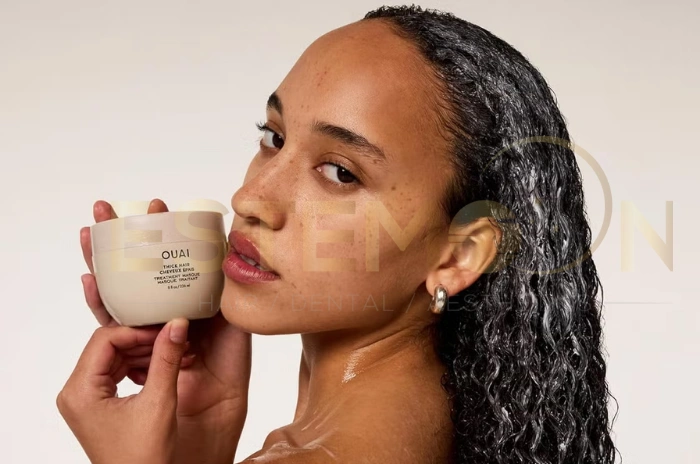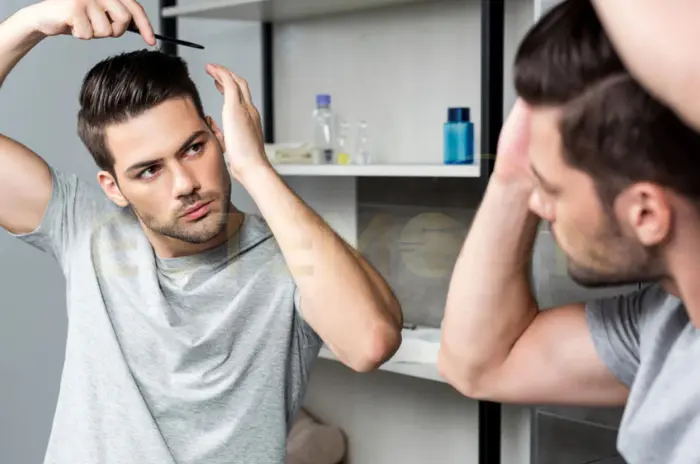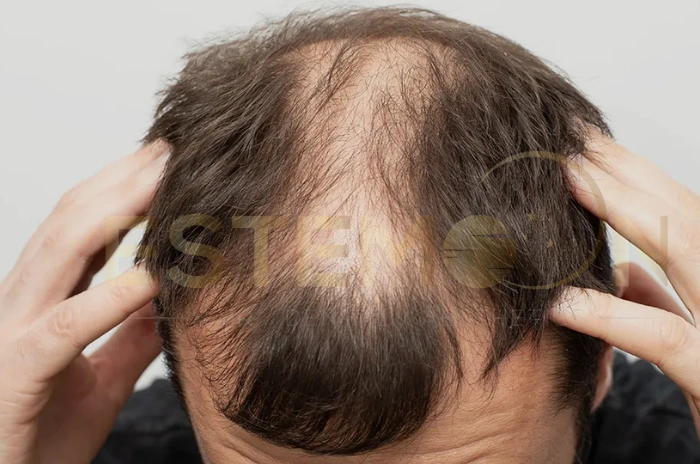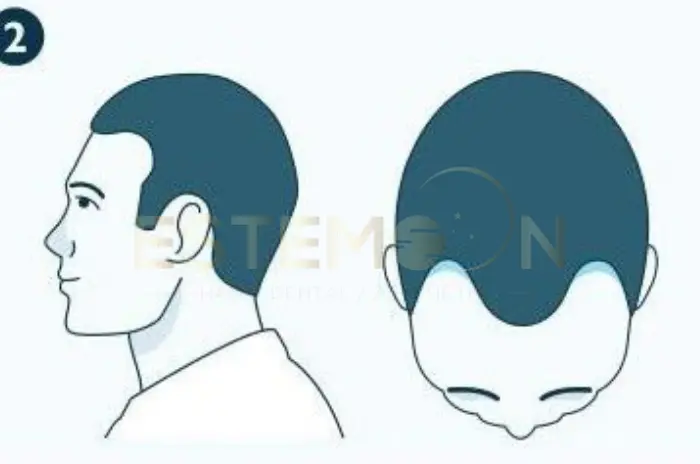Protein hair treatments have become essential for maintaining healthy, resilient hair in today’s world of frequent styling and environmental damage. These specialized treatments work by filling gaps in damaged hair cuticles, restoring strength and elasticity to weakened strands. Whether you’re dealing with split ends, breakage, or general hair weakness, understanding how protein treatments work can transform your hair care routine.
The science behind protein hair treatments lies in their ability to temporarily fill microscopic gaps in the hair shaft. When hair becomes damaged through heat styling, chemical processing, or environmental factors, the protein structure breaks down, leaving hair vulnerable to further damage. Professional and at-home protein treatments provide essential amino acids that help rebuild these compromised areas.
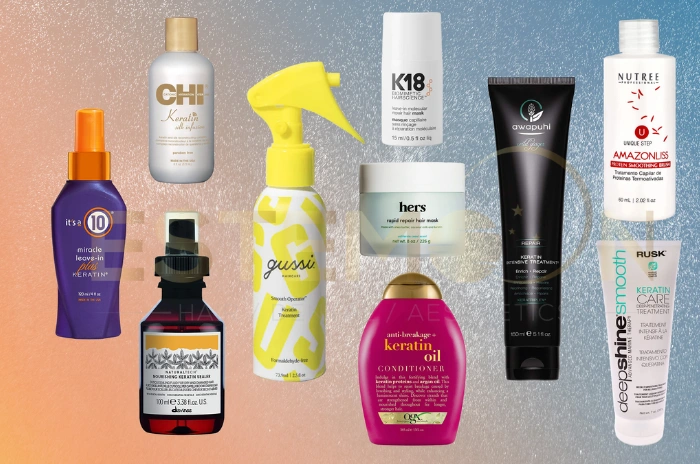
What Is Protein Treatment for Hair
Protein treatment for hair involves applying specialized formulations containing various proteins directly to the hair shaft to restore structural integrity. These treatments work by depositing proteins like keratin, collagen, and silk protein treatment into damaged areas of the hair cuticle.
The most common proteins include hydrolyzed wheat protein, which penetrates deeply into the hair shaft, and silk proteins that create a protective barrier. Different hair types require varying protein concentrations to prevent protein overload, which can make hair feel stiff and brittle.
| Hair Type | Protein Frequency | Treatment Strength | Best Protein Type |
|---|---|---|---|
| Fine/Damaged | Every 4-6 weeks | Light | Silk protein |
| Normal | Every 3-4 weeks | Medium | Hydrolyzed wheat |
| Thick/Coarse | Every 2-3 weeks | Strong | Keratin |
| Chemically Treated | Every 2-4 weeks | Medium-Strong | Collagen + Keratin |
Why Collagen Hair Treatment Boosts Hair Shine
Collagen hair treatment works by smoothing the hair cuticle and filling microscopic gaps that cause light to scatter rather than reflect uniformly. Collagen molecules create a smooth hair surface that reflects light consistently, resulting in hair shine enhancement and improved appearance.
The molecular structure of collagen forms a protective film over each strand, providing a barrier against environmental damage and moisture loss. This is especially beneficial for aging hair, which naturally loses protein structure over time.
Luxliss Keratin Serum for Hair Strength and Growth
Keratin hair treatment products like Luxliss Keratin Serum provide concentrated doses of essential hair protein in an easy-to-use format. These hair serums work by coating the hair shaft with protective proteins while delivering nutrients directly to the hair follicle.
Quality keratin serums contain hydrolyzed keratin broken down into smaller molecules for better penetration. Apply to damp hair focusing on mid-lengths and ends, avoiding the scalp to prevent buildup.
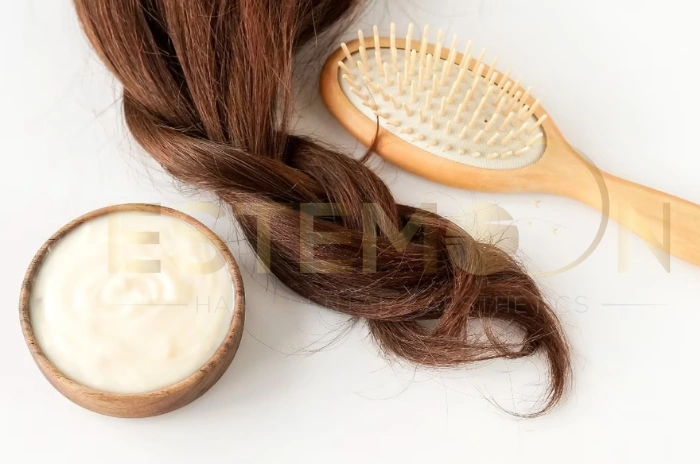
Best Ways to Apply Protein Hair Treatments at Home
At-home protein treatment options require proper technique for professional-level results. Start with clean, towel-dried hair to ensure optimal product penetration. Section hair into manageable portions and apply treatment evenly from mid-length to ends.
Egg hair treatment remains popular for homemade hair mask options. Mix one egg with olive oil for added moisture. Gelatin-based treatments provide another effective option when mixed with warm water and essential oils.
Key Benefits of Protein Treatment for Damaged Hair
Damaged hair repair through protein treatments offers multiple benefits beyond simple strengthening. These treatments help restore hair’s natural protective barrier, reducing further damage from environmental factors and styling practices.
Split ends prevention occurs as proteins fill gaps in the hair cuticle and strengthen the hair shaft. Hair breakage repair happens when proteins fill microscopic cracks, creating uniform structure less likely to snap under stress.
Regular treatments contribute to overall hair strengthening by maintaining structural integrity over time. Improved hair elasticity allows hair to withstand daily styling and environmental stressors more effectively.
Benefits of Keratin and Collagen for Damaged Hair
Keratin and collagen work synergistically to address different aspects of hair damage. Keratin focuses on strengthening the hair shaft and reducing frizzy hair, while collagen enhances shine and improves overall texture.
Hair moisture balance is crucial when using protein treatments. Too much protein without adequate moisture can lead to brittle, inflexible hair. The best hair products combine proteins with hydrating ingredients to maintain optimal balance.
Hair care routines should alternate between protein and moisture treatments. Most hair types benefit from protein treatments every 2-4 weeks, with moisturizing treatments using leave in conditioner or hair oil in between.
FAQs About Protein hair treatment guide for stronger healthy hair
What is the purpose of protein hair treatments?
Protein hair treatments restore structural integrity to damaged hair by filling gaps in the hair cuticle with essential proteins like keratin and collagen.
How do keratin and collagen help damaged hair?
Keratin and collagen strengthen hair shafts, smooth cuticles, and create protective barriers that prevent further damage while improving shine and manageability.
Are there effective at-home protein treatments?
Yes, at-home protein treatments including commercial masks, egg hair treatments, and gelatin-based formulations can provide effective strengthening when used properly.
Why does my hair need protein and moisture?
Hair requires both protein for strength and moisture for flexibility; maintaining proper hair moisture balance prevents brittleness from protein overload or weakness from excessive moisture.
Follow us on social media for updates, tips, and patient success stories:

